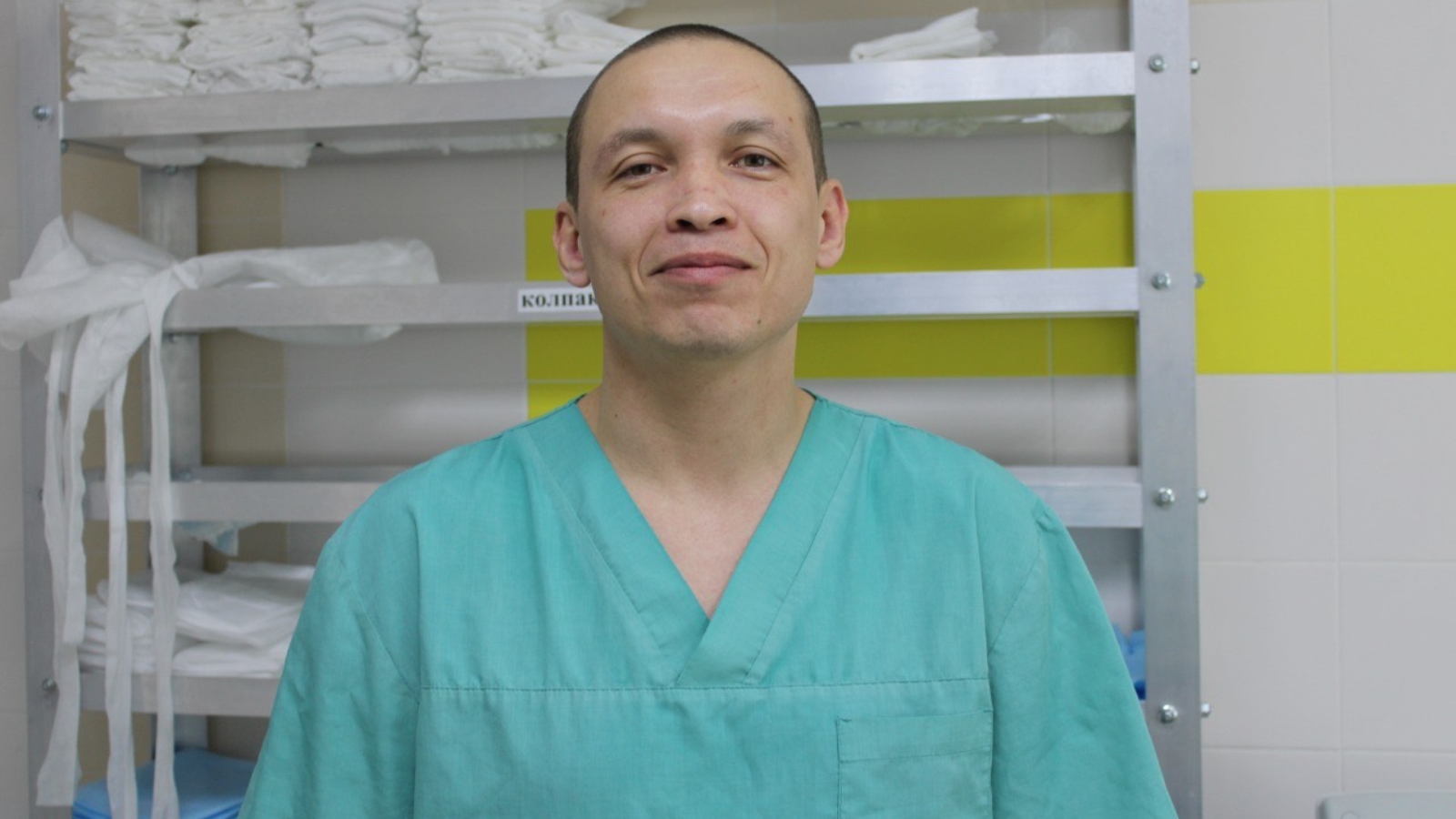Joy and pride overflows when you learn that patients are doing great

Meet the neurologist of the Veterans of War Hospital Vladislav Shalaev.
Since the beginning of the pandemic, the doctor has worked in two COVID hospitals in Naberezhnye Chelny. Due to the physical shortage of doctors, Dr. Shalaev came to the aid of colleagues who worked in the Emergency Care Hospital's red zone. Two weeks later, he learned that his native hospital would be re-profiled to fight COVID-19 and returned to his the medical institution's native walls.
On May 4, the hospital deployed 80 beds to treat patients with the new Covid-19 coronavirus infection.
"Not a single employee of the hospital got sick, thanks to well-organized work. We were well prepared. Out team received personal protective equipment, created a competent routing around the medical facility, and developed the right treatment tactics led by an epidemiologist," said V. A. Shalaev.
Neurologists, cardiologists, therapists, surgeons, resuscitators, and others were ready for hard work in the hospital's red zone. The management, the head of the Therapy Department Irina Anisimova and the Deputy Chief Physician Yulia Zabolotskaya, also worked there.
In the morning, the doctors made rounds. First of all, they examined heavy patients. Every day, they carried out strict control of tests, such as changes in blood, kidney, and liver parameters. Doctors checked for bacterial and viral infections, corrected treatment, and gave instructions to nursing staff.
Thanks to the rational division of labor, the hospital's medical team was not overloaded. Three doctors were on duty in the red zone; each of them was assigned ten patients.
It happened that relationships with patients were not easy, those who unquestioningly followed doctors' recommendations quickly recovered, while others did not have such positive dynamics.
The main goal of staying in the hospital is not to miss the worsening of the condition.
"The clinical picture can be fleeting,” says the doctor, “a patient can get worse and may need a ventilator in a matter of two or three hours.
It is challenging to teach the patient to breathe and walk again.
A woman was admitted to the hospital in a severe condition. We stabilized the patient, but the difficulties of rehabilitation were ahead. It is difficult to make a person walk, as there is a great deal of muscular weakness. In a short time, the patient recovered and went home without oxygen dependence.
Recently one of my patients called and told me he walked ten kilometers on his own. I am filled with joy and pride when I learn that patients are doing well. People who have been through this believe that COVID-19 is real and look at life in a new way.”